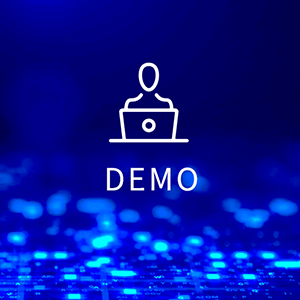Most organizations chargeback the purchase price of software to the buying cost center. The chargeback process makes good business sense but sometimes has negative side effects. Accounting for software licenses at the cost center level typically leads to systemic over-buying of software licenses. Inevitably, Cost Center A is purchasing net new licenses for software that Cost Center B already owns and is not using.
IT Asset Management
It all starts with knowing what’s in your IT ecosystem. Flexera One discovers even the most elusive assets whether on-prem, SaaS, cloud, containers and more.
Here are some ideas for how to make the software chargeback process work and still avoid the pitfalls that lead to over-buying within the organization:
- Don’t rely on self-reporting – We’ve seen dozens if not hundreds of examples of companies that rely on cost center managers to track and self-report the license position for their particular cost center, only to be very surprised when a software audit occurs and it turns out the self-reporting was not accurate. Not only does inaccurate self-reporting put the company at risk of unbudgeted true-up expenses from audits, but it also decreases the company’s ability to leverage their overall buying power and software product use rights. Let’s say you are a cost center manager and you have purchased 100 copies of Product X. If you report that you are only using 70 copies, you run the risk of licenses being taken away from your cost center that you may need to re-buy later. If you report that you are actually using 120 copies, you may have to go through an unbudgeted true-up. There is no motivation for you as the cost center manager to be accurate. Furthermore, most cost center managers are not licensing experts – it is a nearly impossible task to manually determine an accurate license position in the complex world of software licensing.
- Know your overall license position – The company should reconcile its license position at the cost center level, but also at the overall corporate level to understand the risk that exists across the entire organization. Software publishers do not care about the organization’s internal cost centers during an audit. It is crucial to know the overall enterprise-wide software license position for each of your critical vendors, independent of the owning cost centers. Having central control and visibility of your license position enables your organization to take advantage of product use rights and negotiate contracts and pricing to achieve the greatest economies of scale—i.e. get the largest volume discounts. Product use rights are license entitlements provided in your software purchase agreements and EULAs, such as upgrade/downgrade, second use and virtual use rights, to name only a few.
- Provide cost center visibility – Cost Center owners should have visibility into the license position of their cost center, but also have visibility into the license position of other cost centers. This enables IT procurement and cost center managers to make good decisions on whether new purchases are necessary or whether the organization can use an existing license.
- Implement processes for credit back/transfer – Once cost center managers have visibility into whether licenses are available in other cost centers, the next step is to have a defined process for how to buy licenses from another cost center by crediting back the “selling” cost center. The credit-back process enables organizations to start saving significant dollars on licensing costs by transferring licenses and leveraging existing investments. Some companies even discount license costs if the product is purchased/transferred internally. Similar to the “Buy it New” or “Buy it Used” concept on popular web sites.
- Encourage reharvesting – Once a process is defined for how to transfer licenses internally, the next step is to make it attractive for cost center owners to voluntarily reharvest their unused licenses for transfer to another cost center. One of our customers encouraged this behavior through amortizing the cost of software over time as opposed to charging the cost center the full purchase price. If cost center owners pay a monthly fee for software, they are usually more than happy to reharvest licenses out of their organization instead of saving their licenses “just in case”.
- Automate the process – Having a robust license management system enables the organization to know its accurate license position at both the corporate level and at the individual cost center level. The automation should start with the software request process to check whether a license is available within the requestor’s cost center before procuring. If no licenses are available in the requesting cost center, then check to see if licenses are available in another cost center. If so, automate the transfer/credit back process instead of buying a net new license. An enterprise software catalog or application store that integrates with the license management system can automate the entire process. Up-to-date software inventory tracking and automation ensure that the company is avoiding unnecessary purchases and significantly reduces the risk of license non-compliance.
So, keep charging back for software! But, make sure the company’s processes and tools encourage the right behavior and avoid over-buying or under-buying software.
To learn more about the business value of Software Asset Management and Software License Optimization, please read our newsletter containing a full Gartner research report.







